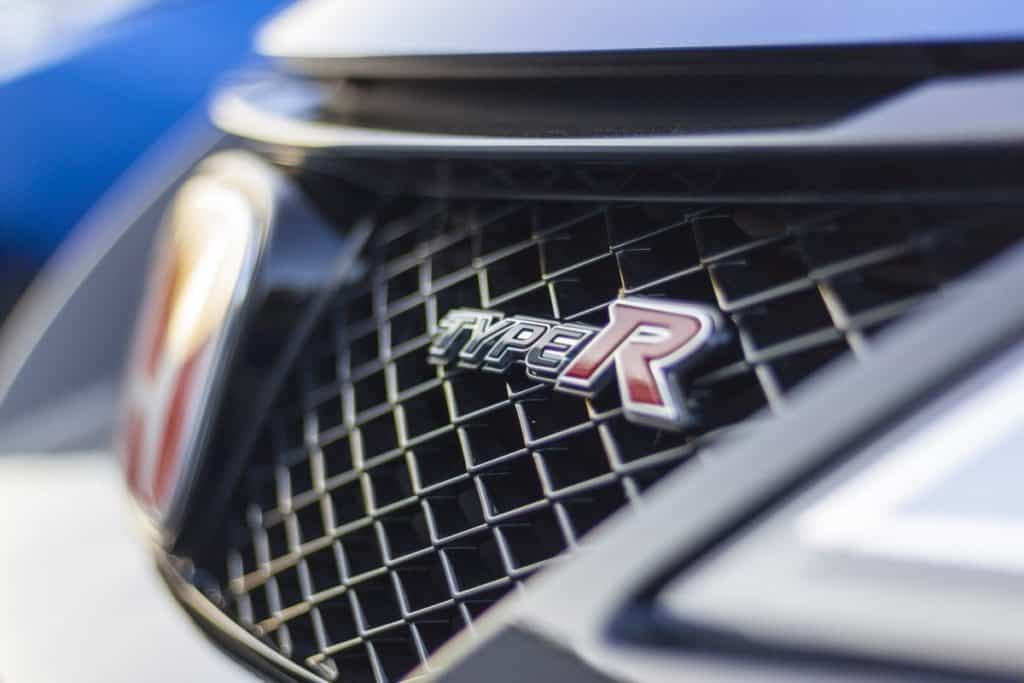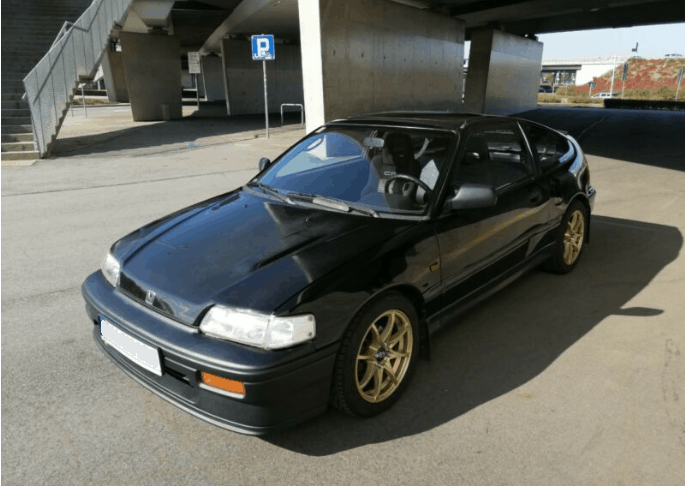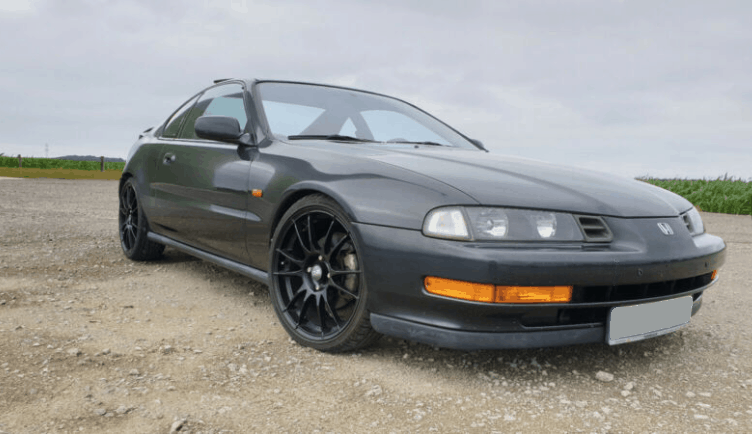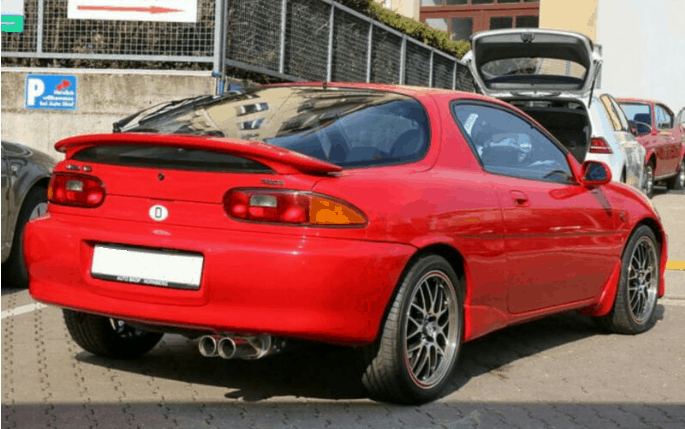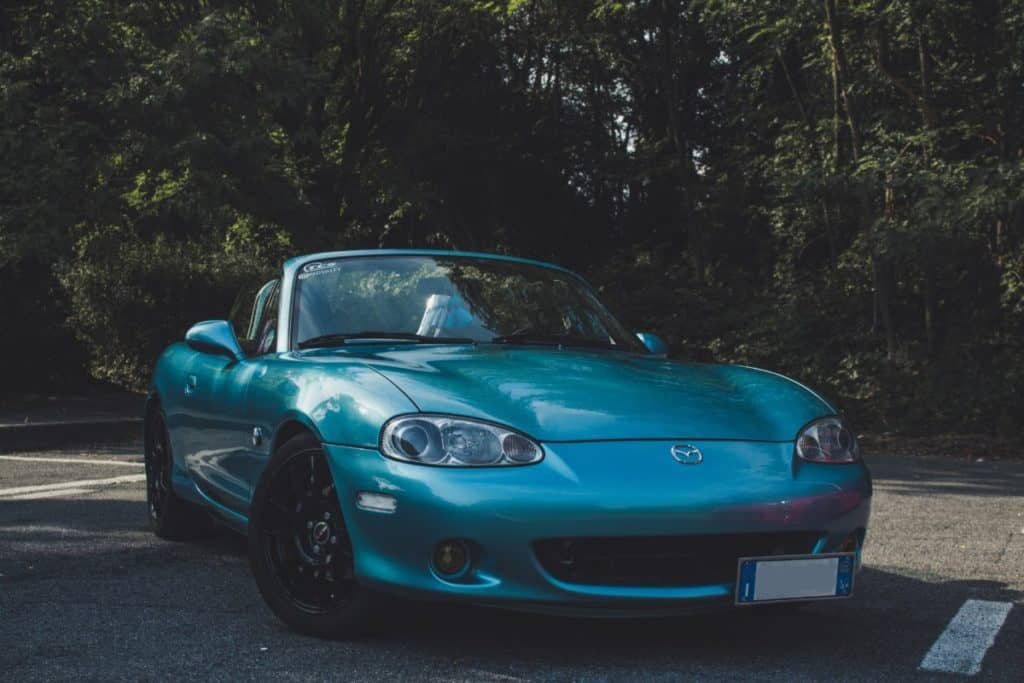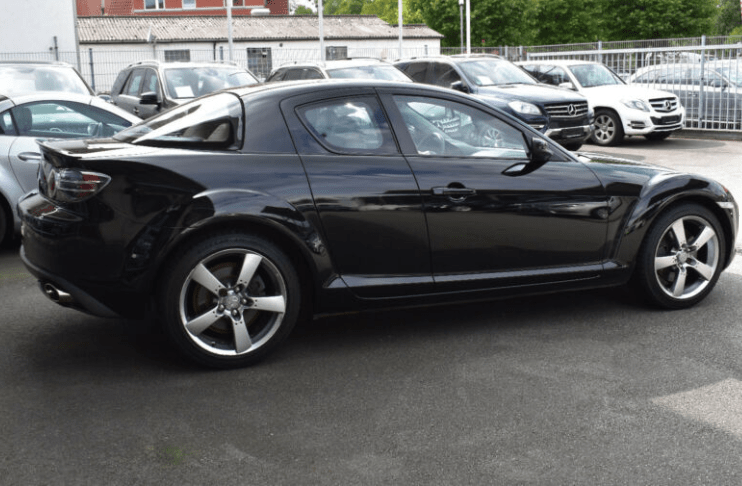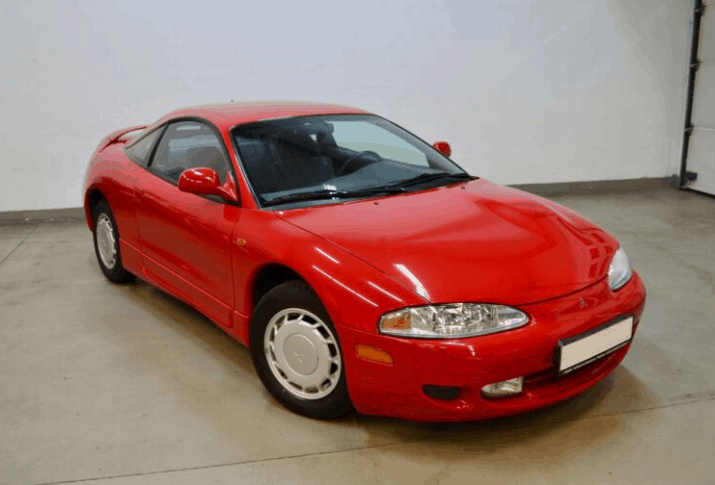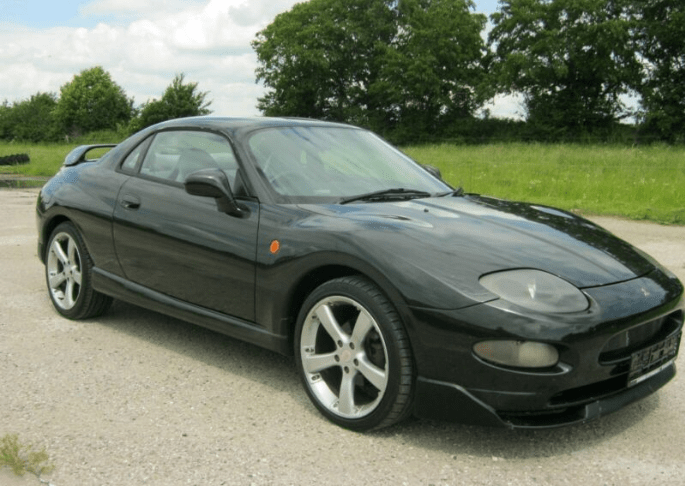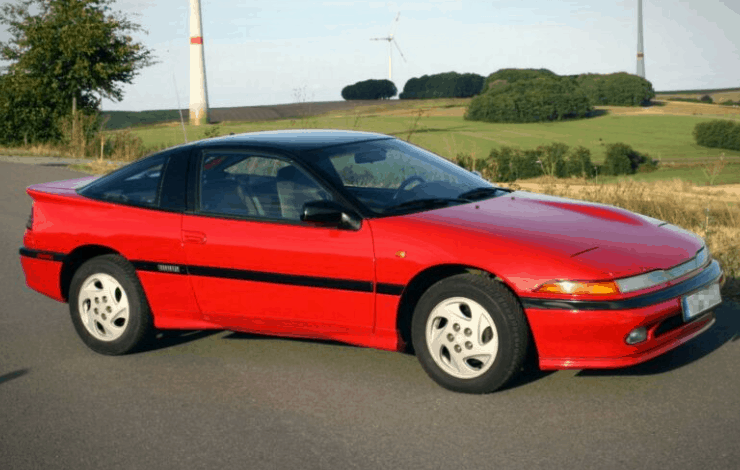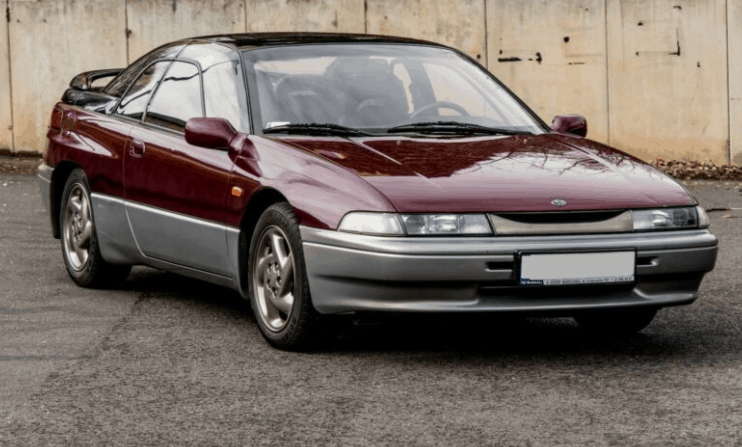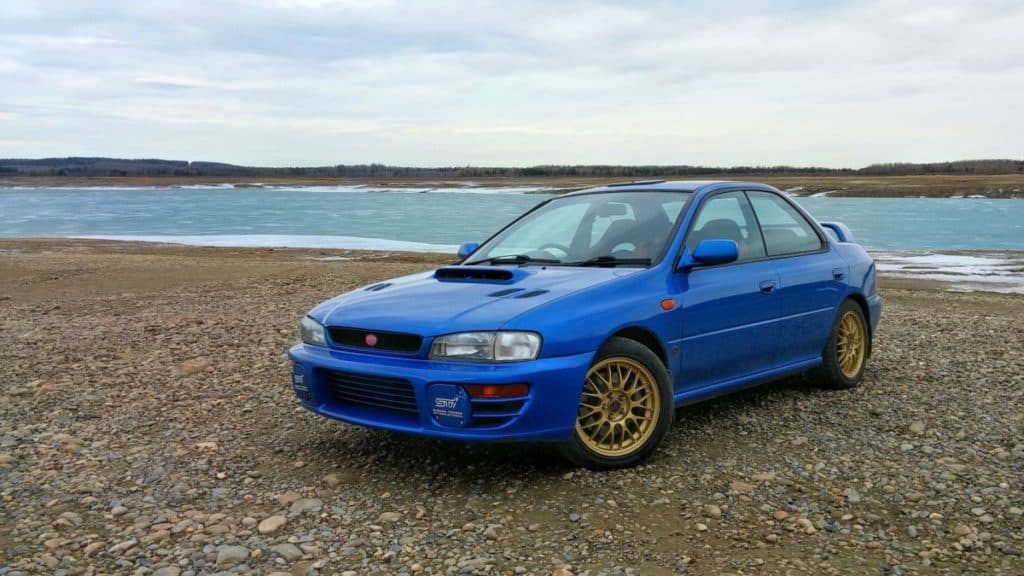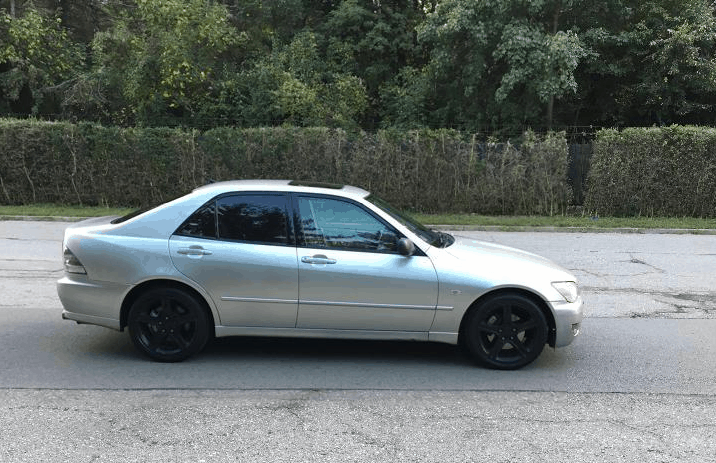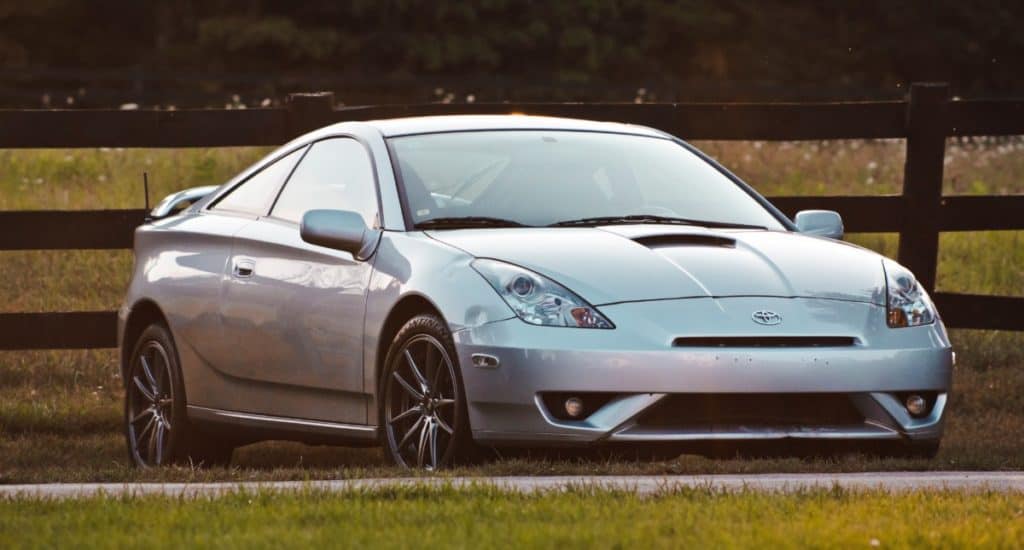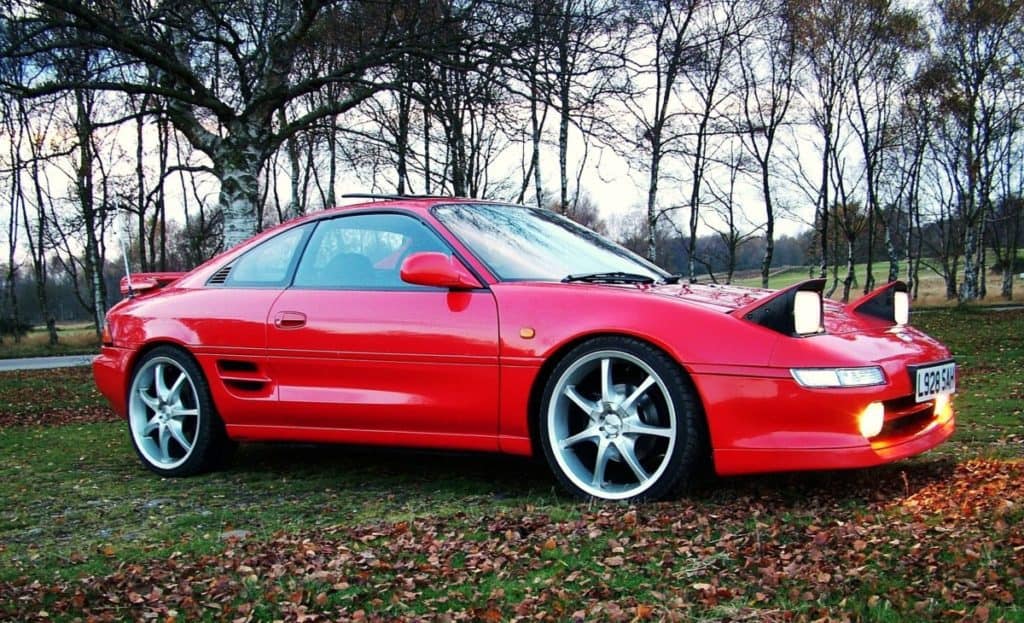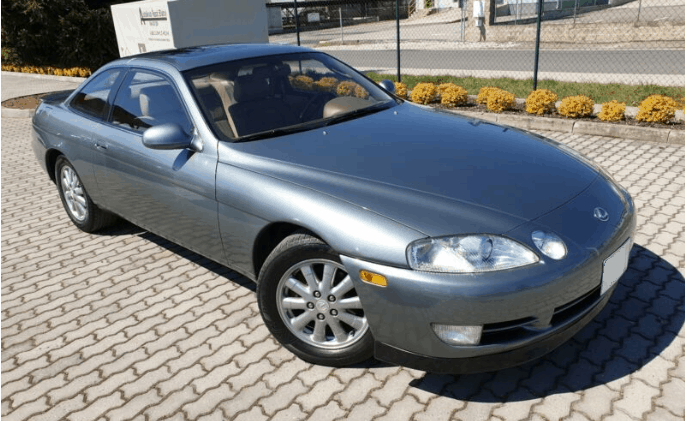When I was starting with my so to say motoring life, I was primarily choosing from Japanese cars due to their reliability. But the mechanical and technical robustness is not their only virtue. Some of them are really fun to drive too. Below you can see a table with the cars for which I believe can give you most smiles per kilometres and not only this but for as much as 5k US dollars.
So what are the best fun Japanese cars for less than $5000:
| Honda | Mazda | Mitsubishi | Nissan | Subaru | Toyota |
| Civic Type R | MX-3 | Eclipse | 200 SX | SVX | Altezza |
| CRX | MX-5 | FTO | Impreza WRX | Celica | |
| CRX Del Sol | RX-8 | MR2 | |||
| Integra | Soarer | ||||
| Prelude |
As some of you have noticed, a lot of the cars on the list are not made any more and do not have successors in the product lines of the manufacturers. This is a shame. Also, a lot of these cars are representatives of the 90s – the golden era of the Japanese performance-oriented cars which a lot of us petrolheads want to see back. Yes, some of the cars on the list have subsequent generations or were changed with another similar car in the product line up. Still, the choice which the buyers have today is just not the same due to the drop of demand for such cars in favour of SUVs and other types of vehicles.
Now let’s explore why every car on this list is one of the best you can have if you are on a tight budget but you also want to have fun while you do your daily driving.
Starting with Honda. The first-generation Civic Type R (EK9) was praised for its handling and overall feel, which was engaging and satisfactory and the second (EP3) was the fastest hot-hatch of its time. Still made today in its 5th generation, it remains one of the most iconic hatchbacks of all time.
But it was not alone. During the 90s the company was looking good. They’ve invented VTEC, which was rewriting the rules of engine manufacturing, had created the mid-engined NSX and were pioneering and experimenting with other new technologies. In an attempt to make the 80s Civic more fun and exciting for the younger drivers, they have taken the standard car and produced the CR-X (or CRX for the USA).
It was made in 2 generations from 1983 to 1991, and it was praised for its nimble handling and fuel economy due to its lightness. In 1992, the CRX was changed with the Del Sol (which was also marketed CRX 3rd gen in some countries). I think this car is not really paid enough attention to and this is a shame as, like its predecessors, it is a gem. Unlike the CRX’s four seats, it had only two, and while it boasted great handling capabilities and Ferrari-like low seats, it also had a party piece which was its removable aluminium roof. It is not a conventional cabrio, though. It is a targa and although it is fairly easy to remove the roof and store it in its special compartment in the trunk manually only by yourself, you had the option to get the car when new with a mechanism which retracts the roof electrically. If you ever see this live, you are in for a Transformers’ type of spectacle.
Another great example of the 90s performance Hondas was the 3rd gen Integra for which you may read elsewhere too that it is one of the best-handling front-wheel-drive cars ever build. You may have trouble finding one though, as good examples of this car go way beyond the set budget of 5k dollars (due to becoming very sought after in recent years). We finish the Honda column with the last and second to last generations of the Prelude. The fourth-gen. featured a well-proportioned body and four-wheel steering which gave better cornering abilities. The 4WS can be had with the top of the range 185 hp or on the 160 hp versions.
The last generation (the 5th one) came again with Honda’s 4WS system for the more powerful versions which I would expectedly recommend if you want to have the most fun. Good thing is that these cars are very affordable and even the most powerful versions are well within the budget.
Moving on to Mazda. The 90s were very strong for the company in terms of the fact that during this decade, Mazda produced some of its most iconic sports cars. Without a doubt, their most notable success was the MX-5 (or the Miata) with which they simply took the world by storm. They also made some other admirable automobiles like the RX-7, which is regarded as the pinnacle of their rotary (or Wankel) engine cars. The ones within our budget are the MX-3, MX-5 until the 3rd gen. and the last of the rotary engine line up – the RX-8. Let’s start with the MX-3. It is a small coupe produced from 1992 to 1998 with enjoyable handling and a decent performance if with the biggest engine. It was not build to set any lap records but to put a smile on the face of the youngster who bought it. It was great in town since it was very manoeuvrable too.
A lot can be said for the next car on the list – the MX-5 which has become a legend already and takes a very special place in most of the petrolheads’ hearts. Its concept was simple – lightness, engine in the front, rear-wheel drive, and a 50:50 weight distribution. The fun factor from such a car is immense and you should try it if you haven’t. Yes, it is not the fastest car but if with the bigger engine, the acceleration is sufficient. Go for the 2nd generation and if possible where you live – for the 3rd but in both cases, go for the more powerful engine.
We finish off with the RX-8. This car is a joy to drive and it is pretty practical too. Its suicide back doors make it unique and interesting in terms of styling, and it was the last hooray of the brand’s long line up of performance cars. The rotary engine used by Mazda in this car is not known for reliability though, and it has some distinct peculiarities. Also, there are a lot of cars on sale with broken engines and you should be prepared for this. Some owners of the RX-8 swap the Wankel for a conventional piston engine so you can also opt for such an alternative.
Mitsubishi was also in its heyday during the 90s. The 3000GT (which is not in our list as good examples of the car go for quite a bit more than 5 grand) was allegedly the most advanced Japanese car in terms of technology during its time. But it was not the only great one produced by Mitsubishi at this time. During the 90s, Mitsubishi also started building the much more powerful version of the Lancer – the Evolution versions (which are too not in our budget). For $5000 you can have the Eclipse (1st, 2nd or 3rd gen with the smaller engine option) and specifically for those of you who live in one of the countries in which you drive on the left – the FTO. The Eclipse is a front or four-wheel drive coupe produced from 1989 to 2011 in four generations. The first 3 generations are within budget if with the smaller engine, which is roughly around 150 hp for all versions, and only front-wheel drive. The fun in this car comes not from its performance so much but from its pedigree. It starred in the “Fast and Furious” which made it a loved vehicle in the tuner circles.
The FTO was initially conceived only for the Japanese market and it was never built with a steering wheel on the left. However, the interest in the sports coupe was high, so Mitsubishi exported some cars to other countries which drive to the left too like UK, Australia and New Zealand. This interest was not without reason as the FTO, although only front-wheel drive, was fun to drive and especially so with the V6 engine. The fastest version achieved 100 km/h from a standstill in 7.5 seconds.
Nissan. The company has a long-standing tradition of building performance coupes. Unfortunately, for most of the world, for this money (with added some bargaining skills and luck on your side), you can get only one of them and it is the 200 SX (240 SX if you are in the USA). Don’t despair, as this is a merely sublime car. When the rest of Japan was obsessed with making primarily front-wheel drive and some 4×4 performance vehicles, Nissan did it in the classical manner for a sports car – rear-wheel drive. And while the 200 SX was not super powerful, it was lightweight and beautifully balanced. For $5000, you will be looking at the fourth generation (S13) produced from 1989 to 1993. It has a turbocharged engine, producing around 170 hp (a bit less-powerful was the US version) which, due to the lightness of the car, were sufficient for a 0-100 in approximately 7.5 seconds. However, this turbo opens up a world of opportunities, so the car is popular among tuners. Unfortunately, you have to beware that these cars are becoming increasingly rarer.
We got to Subaru. This car manufacturer which brought us the Impreza (for which I will talk in a moment) also made other exciting cars like the SVX. The latter was not really a performance car but a GT. It was well-equipped for its time (built from 1991 to 1996), it had a Subaru’s four by four system and the biggest engine Subaru made at this time – a 3.3 litre 6-cylinder boxer producing 230 hp. The SVX was shaped in a unique design done by the infamous Giorgetto Giugiaro, the most distinctive feature of it being the side windows which were split in two – a retractable lower part and a non-retractable upper. The car is relatively comfortable in terms of its suspension setting and a nice cruiser all in all. Due to its 4-speed auto, it is not really a stellar performer but the sensation comes from its uniqueness which of course will not be to everyone’s taste. For the record, it achieved 100 from 0 for around 7 and a half seconds.
The other car is most probably a lot more famous to us all. It is the Impreza. You have to get it at least in the WRX version to get a good performance and you should be able to buy yourself a decent first-gen. for up to $5000 (and in some places a pre-facelifted 2nd gen). The hype around this car started from its first generation and for good reasons. Produced from 1992 to the year of 2000, it has a turbocharged boxer 4-cylinder engine producing a bit over 210 hp and is of course 4×4 which is enough for a very pleasing 0-100 time of around 6.5 seconds. It is light, nimble, planted, fast and with a rallying pedigree. What else could you want?
The end of our alphabetical list is dedicated to Toyota. Like the other brands on the list, they had a blast during the 90s. Producing the ever famous Supra, Toyota established itself as one of the leaders in performance vehicle manufacturing at the time. Though the latter is not in our budget, some other great cars of the Japanese company are. We start with the Altezza. Rear-wheel drive, not perfect but still well-balanced weight distribution and cornering agility made it a car of choice for driving enthusiasts. It was made from 1998 until 2005 and depending on where you live you can have it or its equivalent – the first-gen Lexus IS. You should know though, that there are differences in the engines the two versions of the same car had, depending on whether it was the Altezza or the IS. Both of them can be had with the basic around 150 hp 2-litre engine which I would not recommend if you aim for a fun car as with it, it is underpowered. What I suggest is, if you will be getting an Altezza, to get it with the 3S-GE engine which is again a 2-litre but it develops 200 hp and if you live in a country where the IS was offered, get it with the 3-litre engine.
Next is the Toyota Celica. We are talking about the last (7th) and second to last (6th) generations for this car. Starting with the older which featured the last Celica model with an all-wheel-drive system (which is not in our budget), made from 1993 until 1999. From the 6th generation get the GT version which came with 175 hp. It is still sporty achieving a 0-100 km/h time in about 8 seconds and a pleasant car to drive overall. As for the 7th generation (the one on the picture below), aim for the more powerful 192 hp version doing 100 from a standstill for about 7.5 seconds and a bit less if driven with flair. Both of the recommended Celicas are with front-wheel drive layout, contrary to the next car on the list.
The MR2 was produced in three generations from 1984–2007 and all of them were fantastic. For the money, you will not be able to get all versions but this doesn’t matter that much. All of them are wonderful to drive due to their lightness, mid-engine layout and rear-wheel drive. Beware of the second generation cars’ (shown in the picture) tendency for the dangerous snap oversteer which occurs when you lift your foot off of the gas pedal during a turn.
The last fun Toyota is the 3rd gen. Soarer or Lexus SC produced from 1991 to 2000. It is a GT car, rather than a sporting legend but it still has a place on our list. Featuring two inline 6-cylinder engines and one V8 in its lineup and a rear-wheel drive, it is luxurious and spacious (in the front seats), bringing you the best from Toyota. Not only this but it also shares a lot with the Supra like the subframe, the 3-litre 6-cylinder engine (2nd in stock power in the engine lineup) and the transmission but the suspension of the Soarer is softer. For 5 grand you may get some hard time finding one but they are obtainable and if you are this type of person who likes classic GT cars – the Soarer is perfect for you. Plus it is capable of some serious drifting.
That was all for the best fun Japanese cars under $5000. As always I hope you have found the article useful and I wish you a great day!
Special thanks to Wassim Chouak, Brody Taylor, Joseph Greve and Andrew Poynton for the pictures they provided. You guys are awesome!
